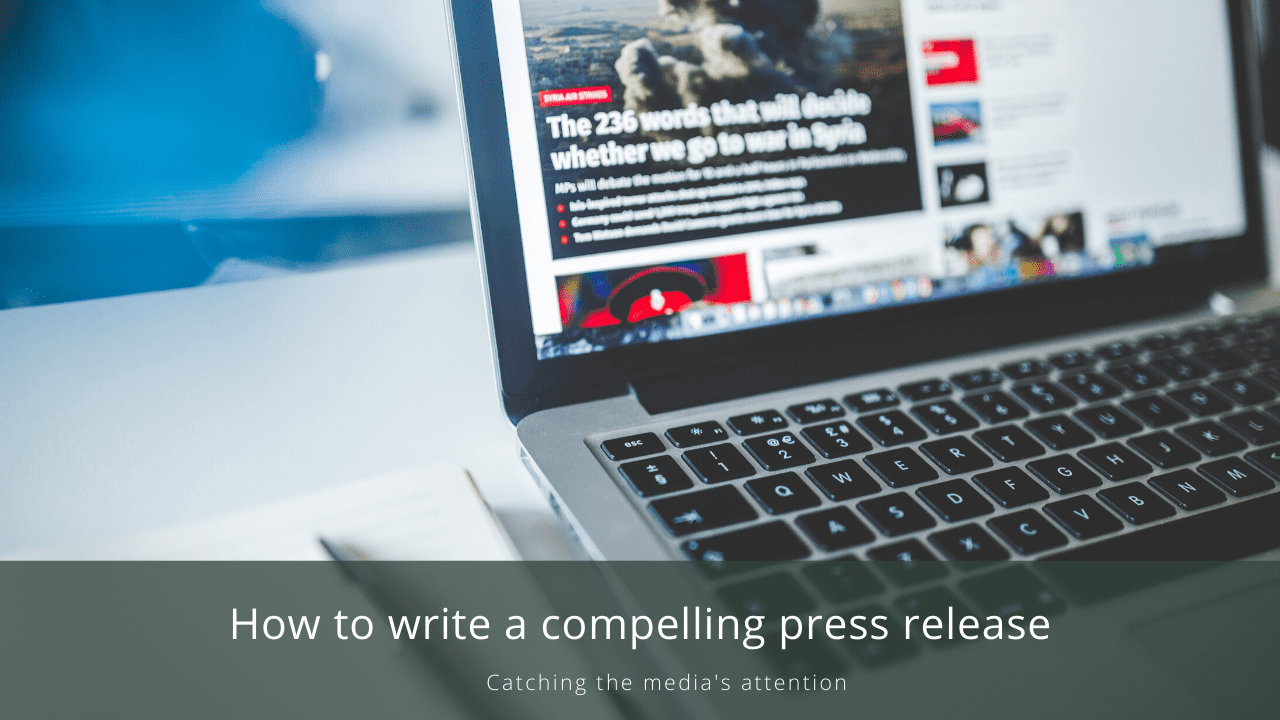Most people have heard of a press release, and probably read more than a few. In its purest form, a press release is a written communication from a company or organisation. They provide specific and concise information about a product, event, or circumstance relevant to the company. From a PR perspective, press releases are an excellent way to inform the public and media. They also offer a high ROI, considering the only cost is the time it takes to write one. However, just because you write a press release, doesn’t mean the media will publish it.
Journalists don’t have the time to respond to every pitch sent to them. To avoid being relegated to the trash email folder, your press release has to shine. You may decide to forgo traditional media and rely on bloggers or social media influencers to share your announcement. In either case, only well-written content will do the trick.
We discuss about how technologies are disrupting marketing and PR.
Catching the media’s attention

It might be tempting to jump straight into writing your press release immediately. However, first, you need to identify who you want to publish it. You might already have a good idea of who you want to contact. This is a good start, but you have to be realistic. If you’re a new enterprise, you’re unlikely to find success with the most popular media outlets.
Begin by considering media outlets and blogs within your industry. There’s a strong chance you’re already connecting with these which increases your chances of being accepted. Journalists within your industry are more likely to see you as relevant, and you’ll face less external competition. Start by targeting smaller outlets, but don’t be afraid to add some long-shots to your list.
Google and social media platforms are also great tools for finding potential publishers. Use industry-specific keywords to search for blogs and journalists efficiently. It’s also worth thinking about your industry partners and the professional products and services you use. If any of these businesses operate their own blogs, would they be willing to share your press release? Once you’ve identified targets within your industry, it’s time to expand your horizons. Think about publications that might not be your niche, but that may have overlapping interests or customers.
When you’re deciding whether an outlet is a good fit, there are a few factors to bear in mind:
- What type of content do they usually publish?
- In what format do they generally publish?
- Do they share formal press releases, or is their content more casual?
- What tone do they use? Is their writing serious and direct, or lighthearted and fun?
- How often do they publish content? If they don’t share content very often, they may not be suitable if you’re on a tight deadline.
Most of the time, an outlet will publish a press release without editing it. This means it’s up to you to tailor your content to fit their style. By asking the above questions, you’ll be able to appeal to the outlet’s audience. However, if you’re targeting lots of different outlets, it’ll be harder to adapt your release for all of them.
Throughout the entire process, it helps if you stay organised. The easiest way to keep track of your research is to create a simple spreadsheet. This is where you can list prospective media outlets and any pertinent details. When possible, include the name of the editor you wish to reach out to, along with any contact information. Once you’ve sent your press release, you can record whether your pitch was accepted or declined. This will save you time in the future, as you’ll have a good idea of who’s likely to share your content immediately.
Learn how to write like a content marketing pro.
Creating the perfect press release


Before writing your press release, there are a few things to remember. Firstly, a press release isn’t a casual pitch or feature piece. They’re official, formal announcements declaring something new and core to your business. Don’t forget this when deciding on the tone of your writing, which should be in the third person. The only time you might stray from this is if it fits your brand’s image or a publication’s style.
The structure of a press release is very straightforward. First, you need a strong headline, followed by an opening sentence that draws in the reader. Next is the body of your text where you’ll tell your story. The key is to identify the most newsworthy angles that people care about right now. Tell them why the subject of your press release matters. Remember to keep your content factual and to-the-point. Some people will skim content for the basic facts, so these shouldn’t be hard to locate. Once you’ve finished, remember to include your contact details and prepare an eye-grabbing subject line. There’s nothing worse than writing a fantastic press release that’s overlooked in an inbox because it didn’t stand out.
If you’re curious to learn more about PR or want to speak to a SYNC consultant about starting your brand’s PR journey, contact us at [email protected]
This article has been updated on 2 June 2020

